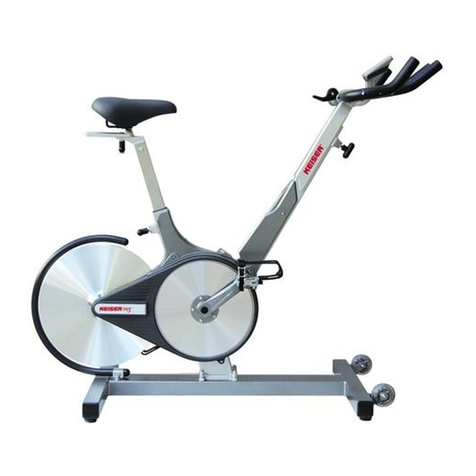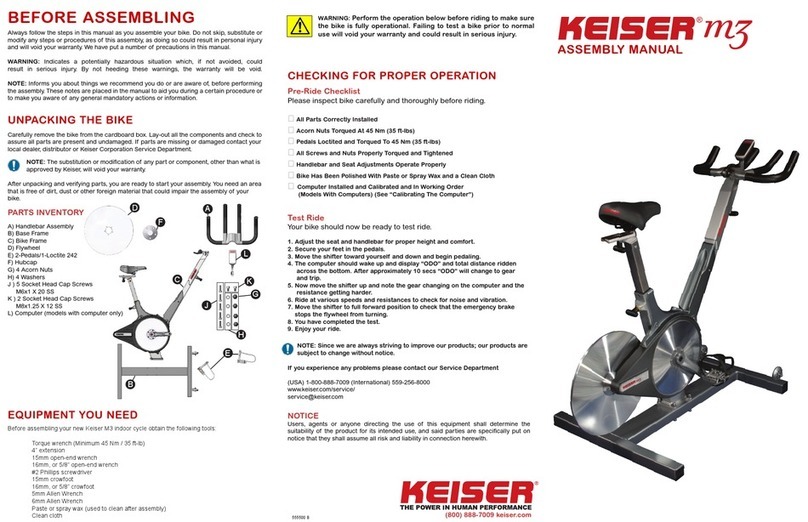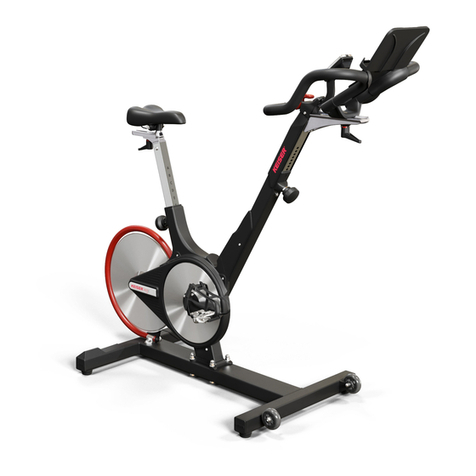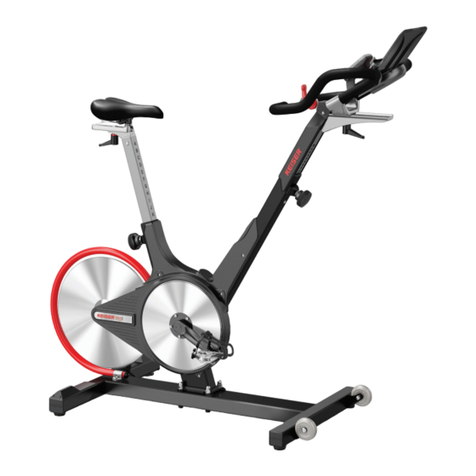Keiser m3 TBT User manual
Other Keiser Exercise Bike manuals

Keiser
Keiser M3i lite User manual

Keiser
Keiser M3 User manual

Keiser
Keiser REAR WHEEL DRIVE BIKE User manual

Keiser
Keiser M3 User manual

Keiser
Keiser M3X User manual

Keiser
Keiser M3 Troubleshooting guide

Keiser
Keiser M3i lite User manual

Keiser
Keiser M SERIES Installation and operating instructions

Keiser
Keiser M SERIES Installation and operating instructions

Keiser
Keiser M3 User manual
Popular Exercise Bike manuals by other brands

Sunny Health & Fitness
Sunny Health & Fitness SF-B121021 user manual

Monark
Monark 827E instruction manual

Stamina
Stamina 1310 owner's manual

American Fitness
American Fitness SPR-BK1072A owner's manual

Cateye
Cateye CS-1000 (CYCLO SIMULATOR) Service manual

BH FITNESS
BH FITNESS H9158H Instructions for assembly and use





















